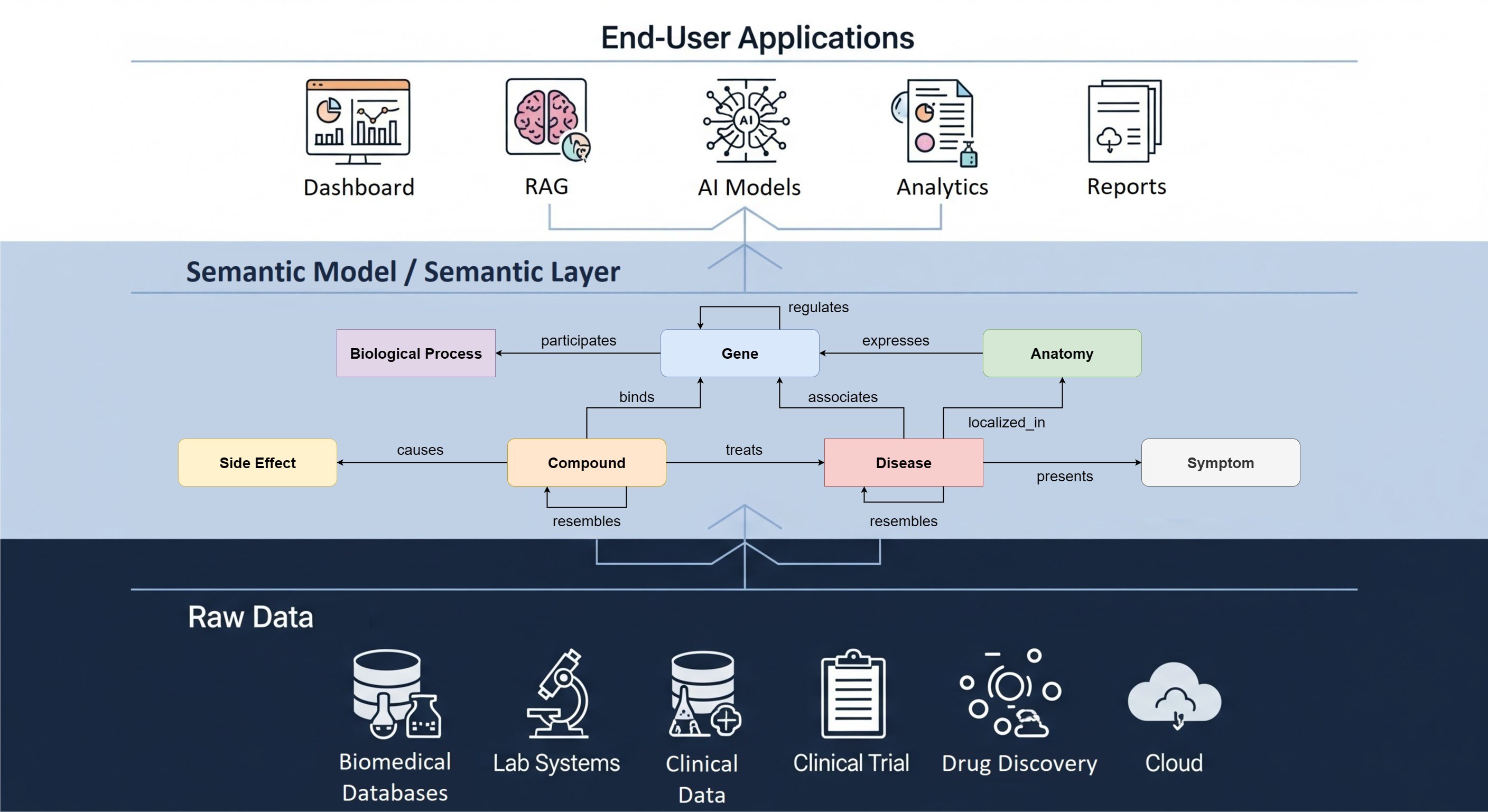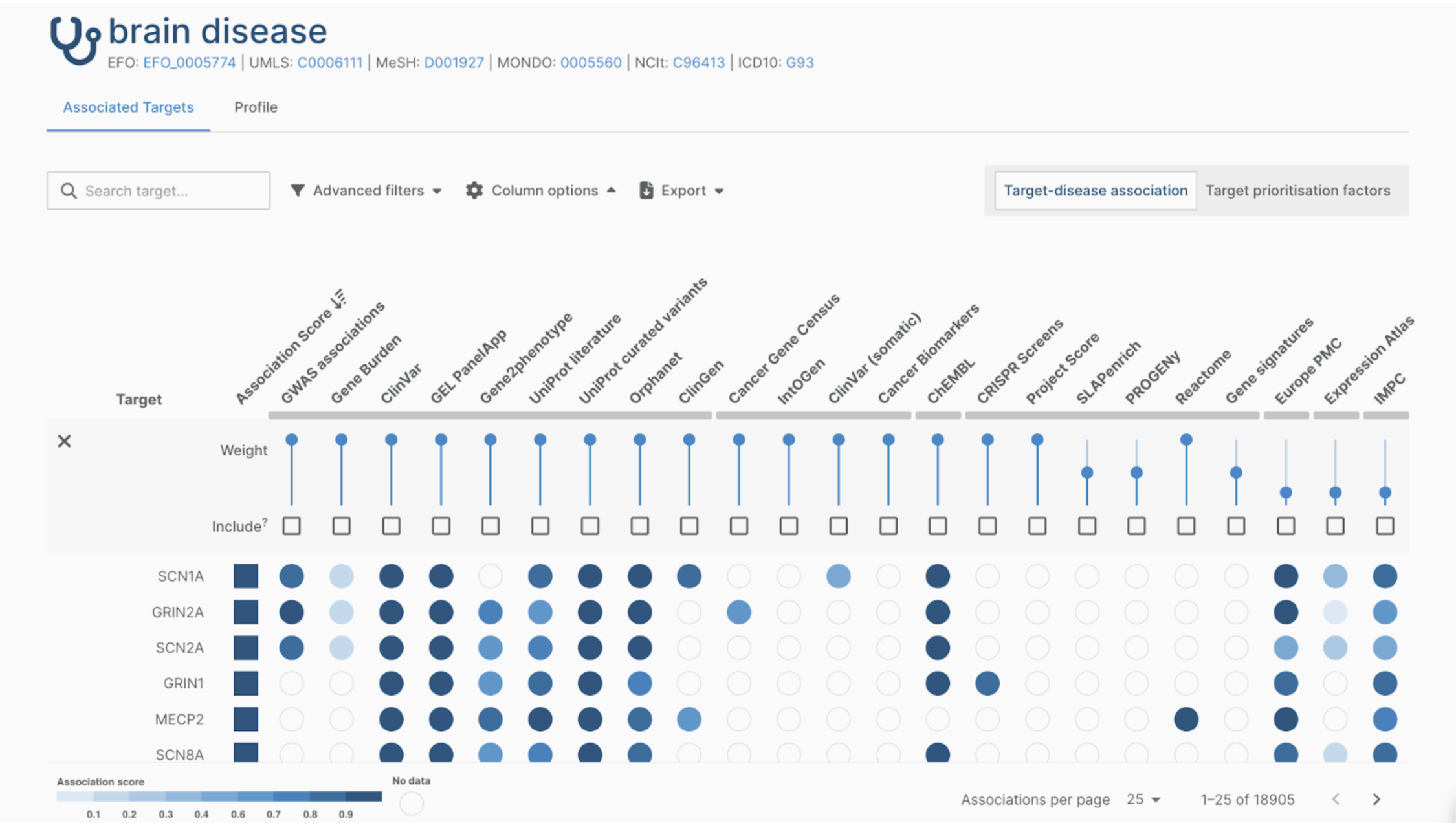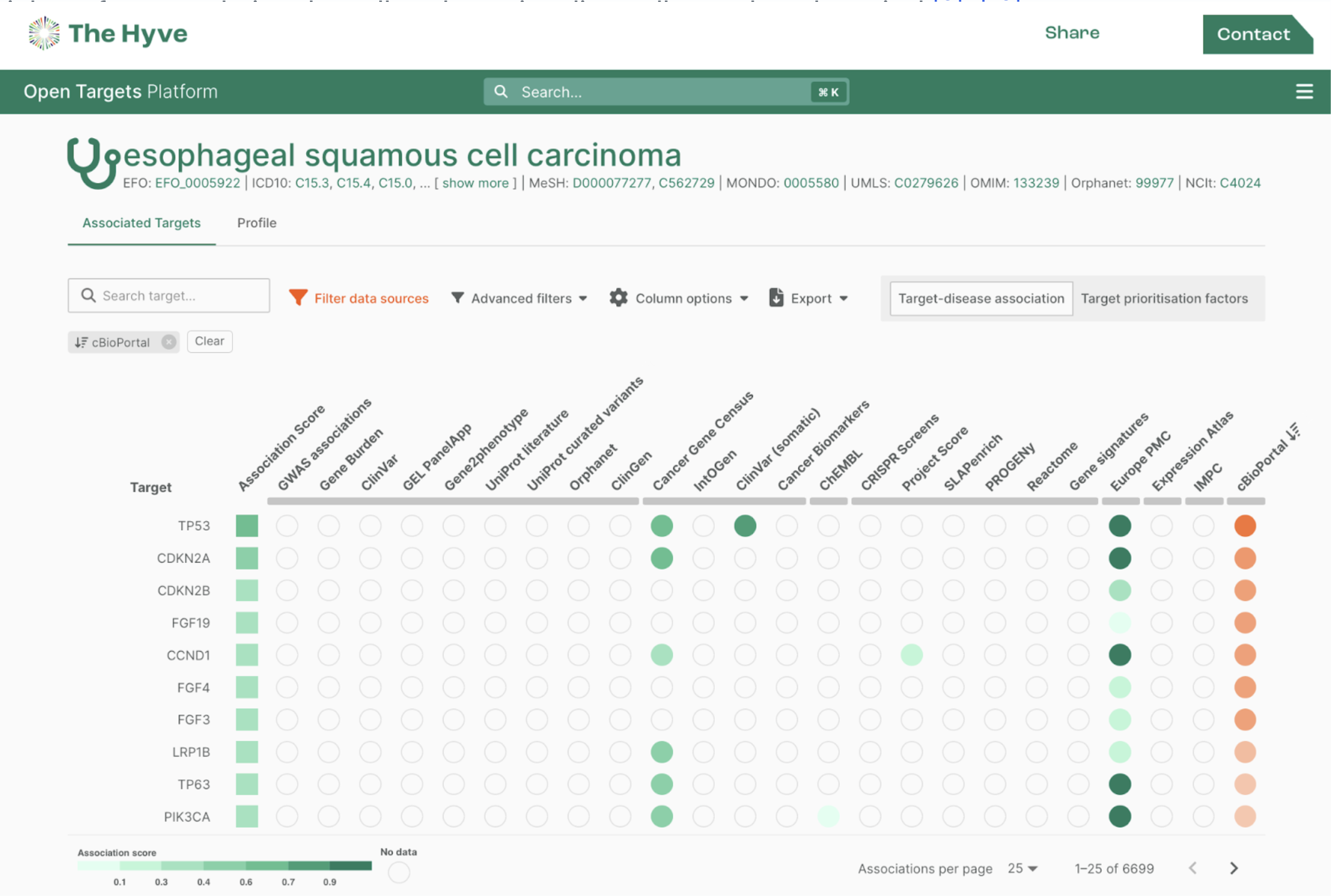Merged gene track functionality has been added in cBioPortal 1.14.0. This feature was sponsored by AstraZeneca UK and has been shared with the community on www.cbioportal.org and on cBioPortal GitHub.

Use case
The OncoPrint visualization in cBioPortal creates an overview of genetic alterations in patients for specific genes. Traditionally, only single genes could be displayed as tracks in OncoPrint. If a user is interested in the alterations in multiple genes, genes have to be queried individually and are displayed in separate rows, as demonstrated in the following example:

Merged gene tracks
Some genes are better viewed as a group, for example when selecting eligible patients for a clinical trial. The presence of one alteration in a group of genes can be enough to include a patient in a trial. The new merged gene tracks functionality makes this visualization possible, by allowing to create custom gene groups and display them as a single track. Specifically, this can be done using the updated Onco Query Language (OQL).
In the following example (viewable here), both CDKN2 genes are grouped into a ‘CDK INHIBITORS’ group, while the MDM genes are grouped without a specific label. The resulting tracks show the most severe alteration of any gene within each group.

Expanding a track
To view the genes individually, the users can expand a track by clicking on the stacked dots next to the track label and selecting ‘Expand’.

This will display the genes as subtracks under the merged track label.

Onco Query Language
This functionality is enabled in any cBioPortal instance that runs on version 1.14.0 or higher. To learn the specifics of using the updated OQL, I recommend checking out the cBioPortal documentation. The above example was created by using the following OQL syntax using the TCGA breast cancer study on cbioportal.org:
["CDK INHIBITORS" CDKN2A CDKN2B]
[MDM2 MDM4]
cBioPortal feature development
The Hyve provides services to develop and improve features in cBioPortal. Finished features are given back to the community via the cBioPortal repository on GitHub. For inquiries on cBioPortal feature development projects or other services around cBioPortal, do not hesitate to contact us.


